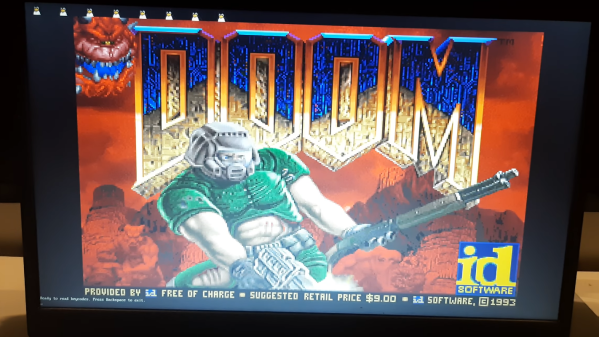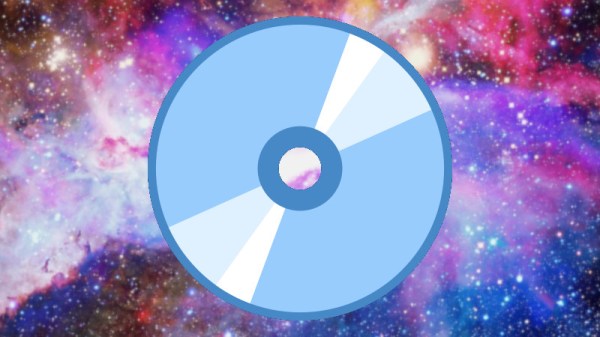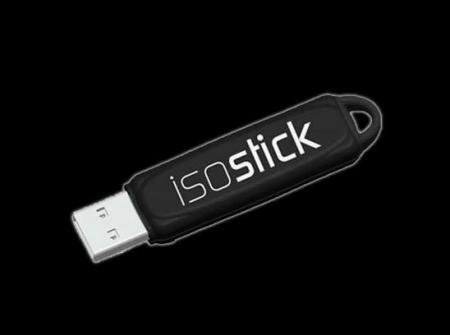If you’ve gone further into the Linux world than the standard desktop distributions like Ubuntu or Fedora, you have undoubtedly come across some more purpose-built distributions. Some examples are Kali for security testing, DragonOS for software-defined radio, or Hannah Montana Linux for certain music fans. Anyone can roll their own Linux distribution with the right tools, including [Shadly], who recently created one which only loads enough software to launch the 1993 classic DOOM.
The distribution is as simple as possible and loads no bloat other than what’s needed to launch the game. It loads the Linux kernel and the standard utilities via BusyBox, then runs fbDOOM, which is a port of the game specifically designed to run on the Linux framebuffer with minimal dependencies. After most of that, the only thing left is to use GRUB to boot the distribution, and in just a moment, Doomguy can start slaying demons. The entire distribution is placed into a bootable ISO file that can be placed on any bootable drive.
As far as DOOM hacks go, we’re used to seeing the game running on hardware it was never intended for like the NES or on an office phone. This one, on the other hand, gives us a little more insight into just how little is needed for a full-fledged Linux distribution, as long as what you need to do is relatively straightforward.















